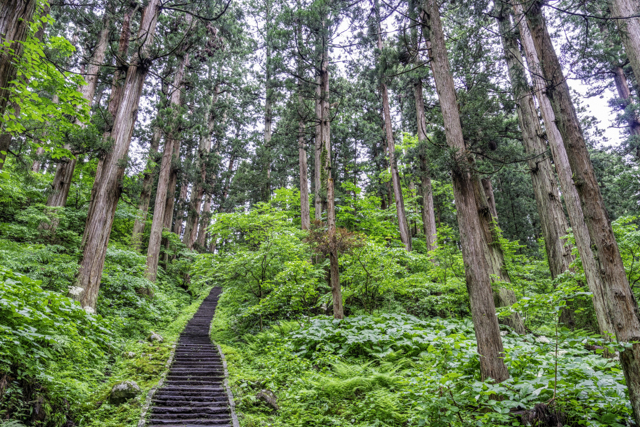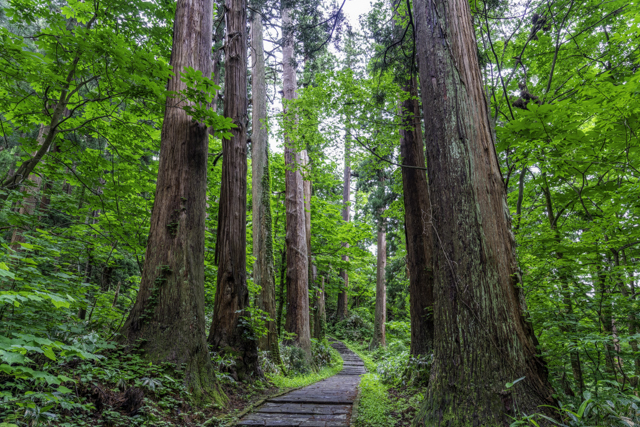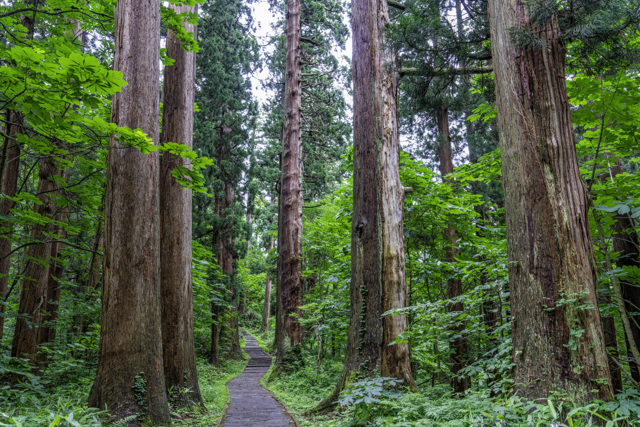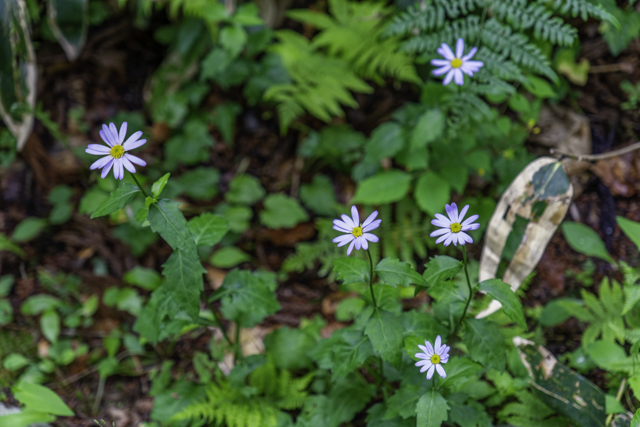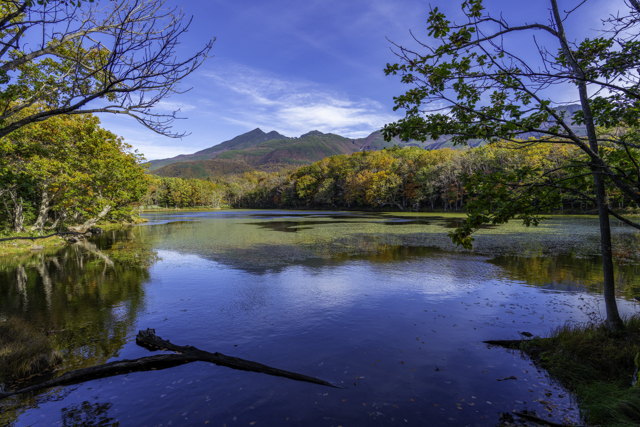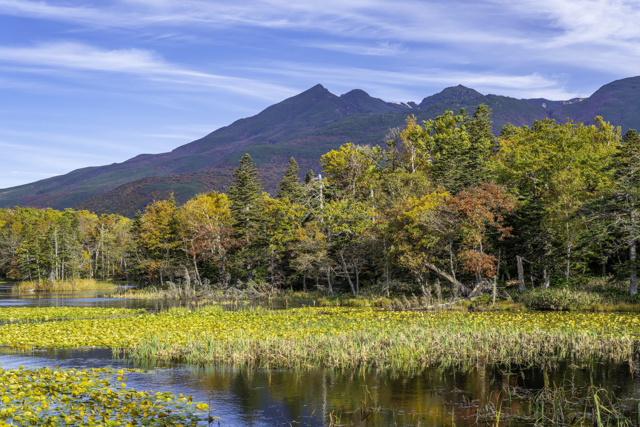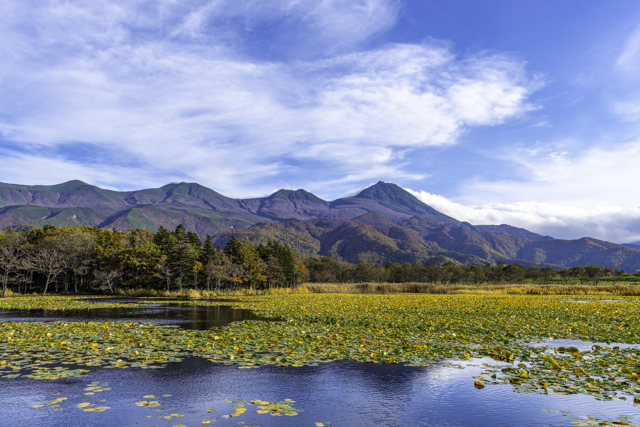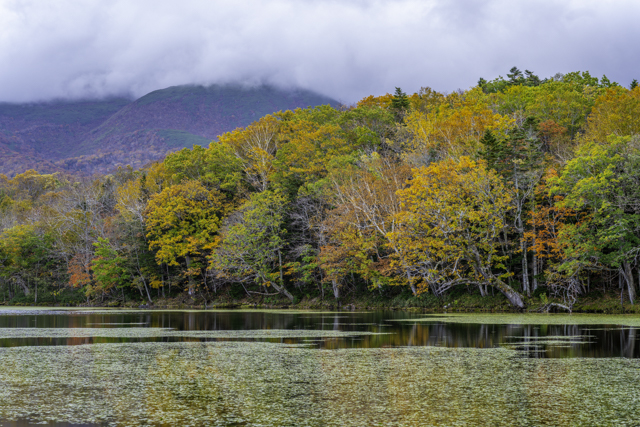
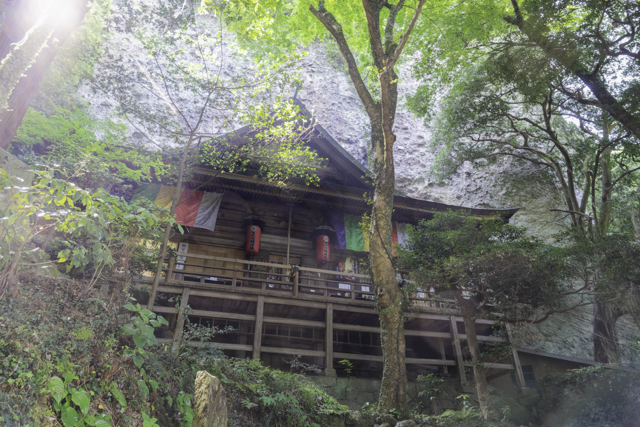
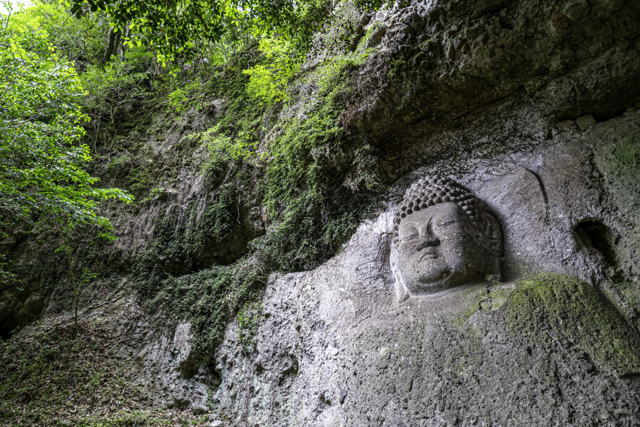
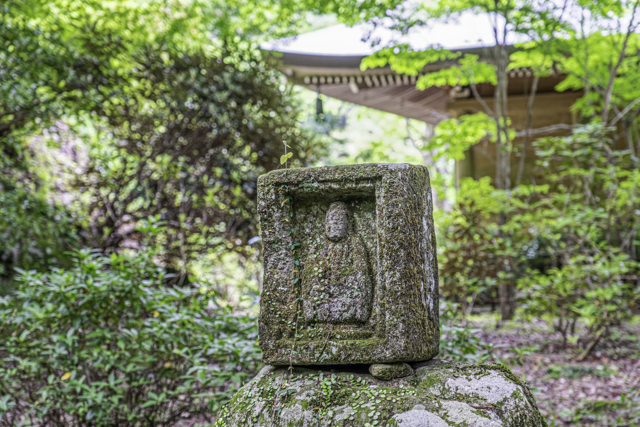
Last year, I had visited to Oita Prefecture for the first time. As I had heard, Oita Airport was located at an inconvenient location. It was about 50-minute bus ride to Beppu and over an hour to Oita City. The Oita Airport is located on a peninsula called Kunisaki, a rounded peninsula in the northeastern part of Kyushu, facing the Suonada Sea.
The Kunisaki Peninsula is said to be famous for its old stone Buddha and temples. I was intrigued, but it seemed difficult to visit the Kunisaki Peninsula by public transportation. I heard that best season to visit the peninsula was the time of autumn leaves. However, as I do not like driving, I missed the opportunity to visit the peninsula while I was too busy worrying about it.
This year, I checked about the Kunisaki Peninsula again and found that regular sightseeing bus was in operation. If I take first flight leaving Tokyo Haneda, I can join the tour from a bus stop along the way. The fresh green season is also the season for horse mackerel of Bungo Channel where is south of Suonada Sea. I thought it would be a good time to visit Oita.
I was a selfish guy indeed, so once my mind was set, a group trip on the sightseeing bus seemed not attractive. Since main purpose of the trip was to take photographs, I wanted to focus on the time spent at each place rather than the numbers of places to visit. Moreover, if I took Japan Airlines morning flight, which had seats available on frequent flyer award ticket, I would not be able to catch the scheduled sightseeing bus.
In the end, I decided not to take the scheduled sightseeing bus but rent a car for the first time outside of Hokkaido.
Normally I travel by public transportations, which means advance research is essential. This time, however, I was satisfied with my rental car reservation completed. I had no idea about the Kunisaki Peninsula and its surrounding area even a few days before my departure.
Despite my inaction, I had no intent to waste my vacation time, so I hurriedly started researching at last minute. I identified temples to visit and circled them on a map. The rough plan was completed the day before departure.
I rented a car and drove around the Kunisaki Peninsula, simply following the directions of the car navigation system. Besides the Kunisaki Peninsula, I was able to see the Stone Buddha in Usuki and the Yabakei Gorge during the 3-day visit, so a fairly efficient route was made.
Anyway, Bungo Takada City on Kunisaki Peninsula is famous for its soba (buckwheat noodles). Many restaurants in Bungo Takada offer “jyuwari (100%)” soba, or buckwheat noodles without any flour binding.
I had never eaten soba in western Japan including Kyushu Island. I thought I would try soba in Bungo Takada, I might discover something different.
The first place was a soba restaurant run by a Japanese inn in the mountains. I heard that there were long lines on weekends, but I could get a table without any trouble maybe because it was a Friday. It was a rather fancy restaurant. I would love to have a lunchtime beer or sake, but it was not possible. Regrettably, driving is not truly free by its nature. I ordered a plate of soba while mumbling to myself.
As soon as I tried it, I felt something strange. Was it a little thicker than I was used to in Tokyo, or was it because I was not accustomed to the “jyuwari” soba? I would try second plate to solve the mystery, but since I was not able to drink alcohol, I carried the mystery to the second restaurant in the evening.
The second place was at the hotel where I stayed. The soba of this restaurant was thin and firm. It had similar texture of the “nihachi (20% flour – 80% buckwheat)” soba that I got used to eat in Tokyo area. It made easier to understand the mystery.
After all, soba sauce was sweeter. It was more than a mild finish to me. I found out when I ate sashimi before eating soba, the local soy sauce was quite sweet. I felt soba sauce of Bungo Takada was influenced by this.
I knew that soy sauce in Kyushu was sweeter than Tokyo, but I had experienced it only in Fukuoka, northern part of Kyushu Island. As going south to Oita, it became even sweeter. I tasted it as a new discovery, or rather, a bit strange sensation.
When I rented a car in Hokkaido last year, I felt like driving a car was all I did during the travel. I had no time to think while driving, whereas I often came up with blog ideas onboard trains, buses, or airplanes.
That was true that if I had taken a regular sightseeing bus, but I would not have even thought of eating soba in Bungo Takada nor I would not have thought about soy sauce in Oita Prefecture. This soba experience would have been possible thanks to the rental car.
On the other hand, renting a car does not allow me to enjoy a lunchtime drink at all. This is much bigger price to pay than the time to think for blog articles.
I wonder if there is any way to enjoy lunchtime drink even if I rent a car.


